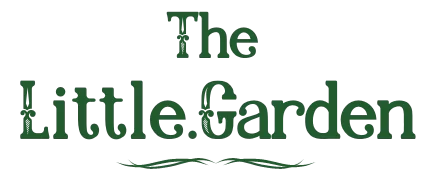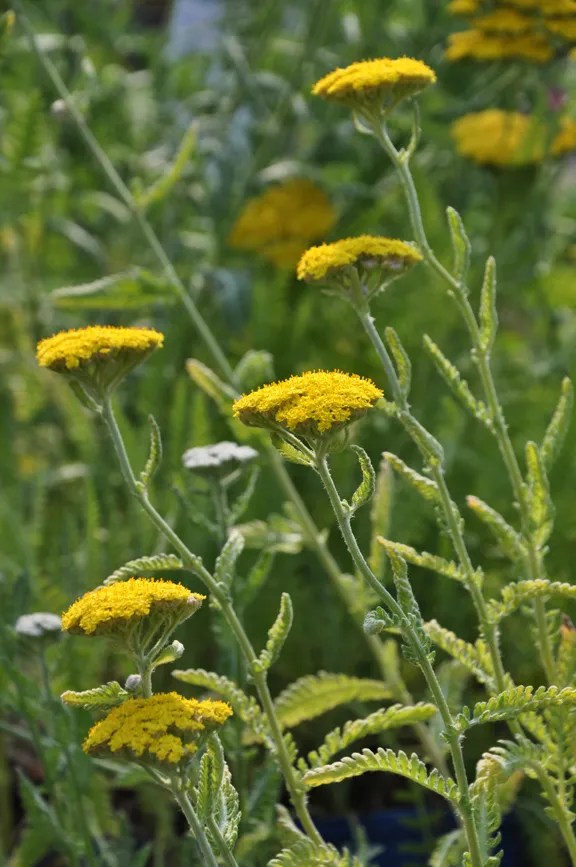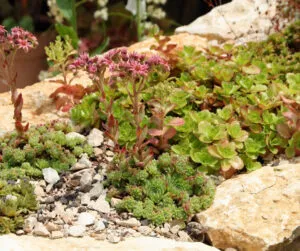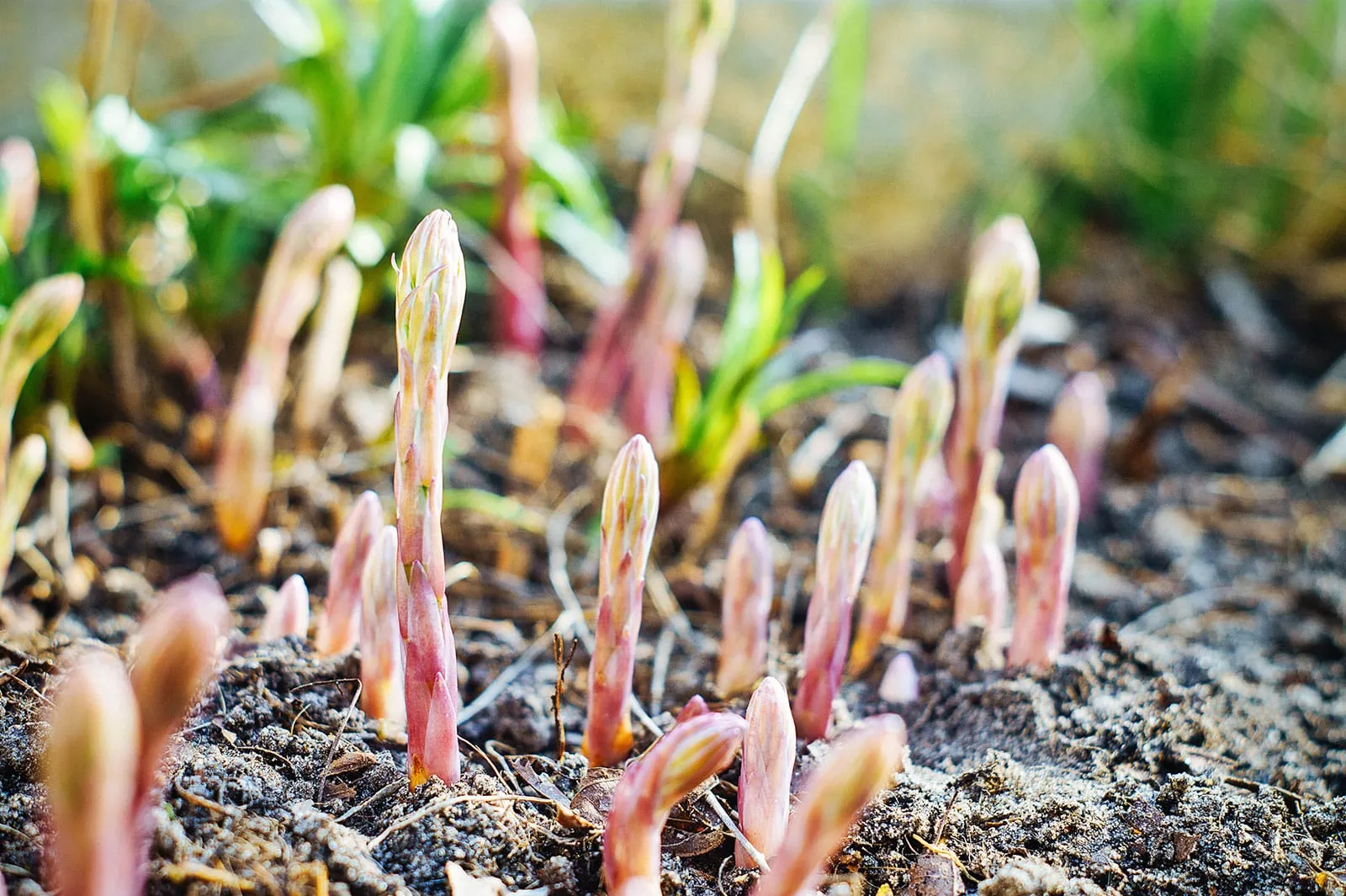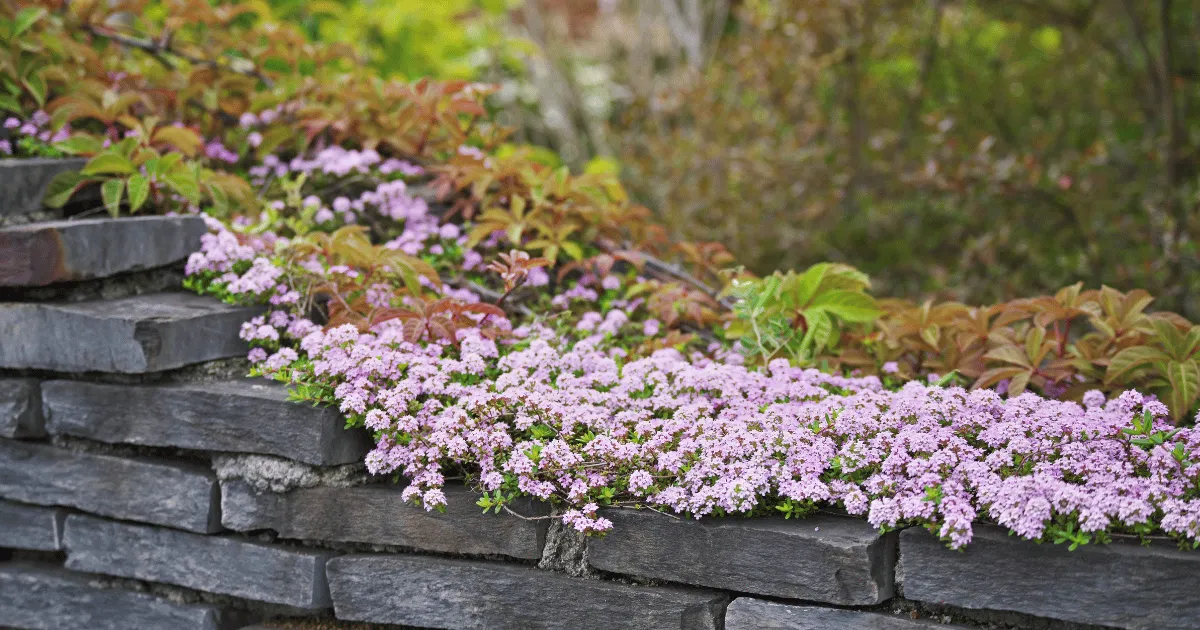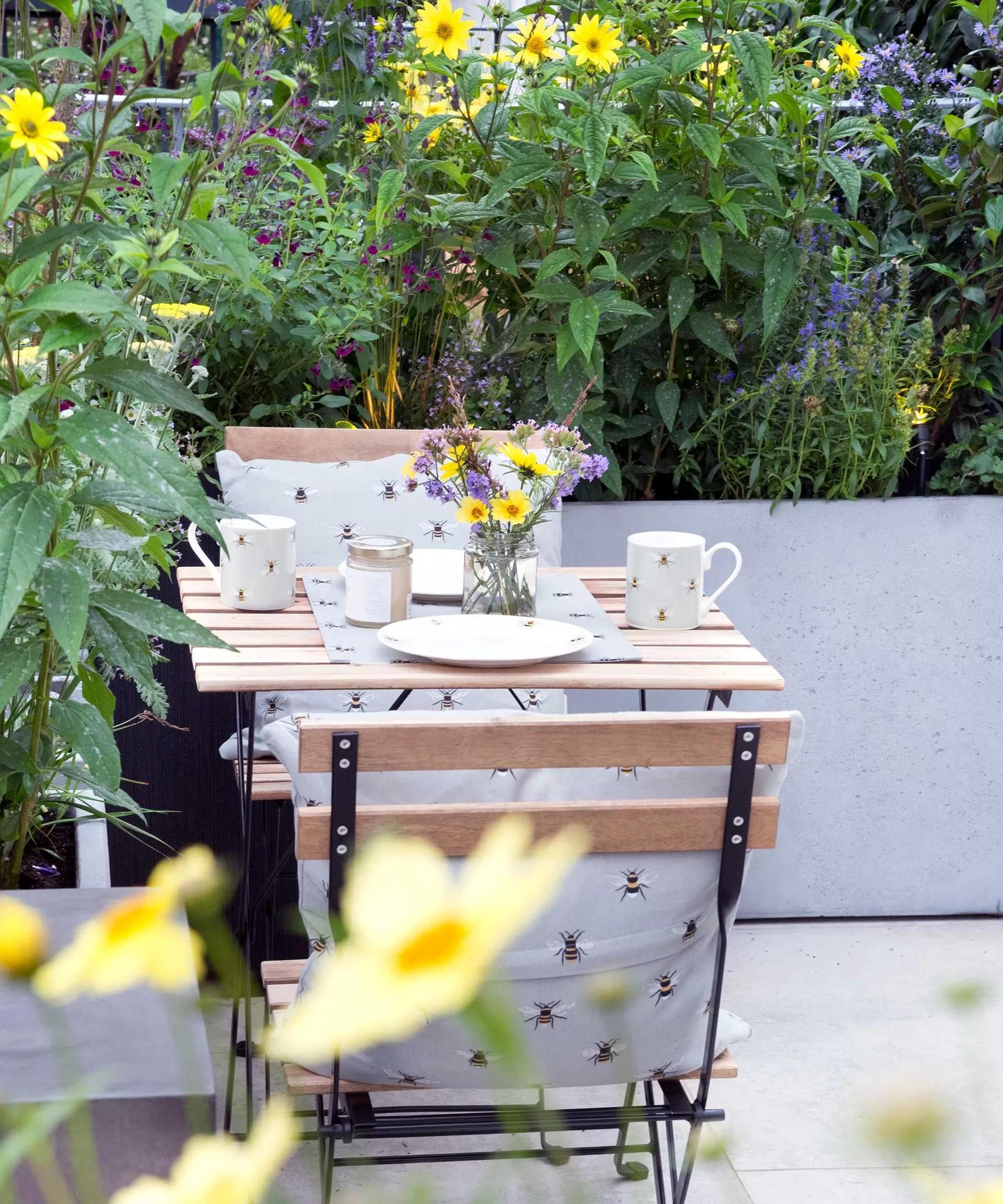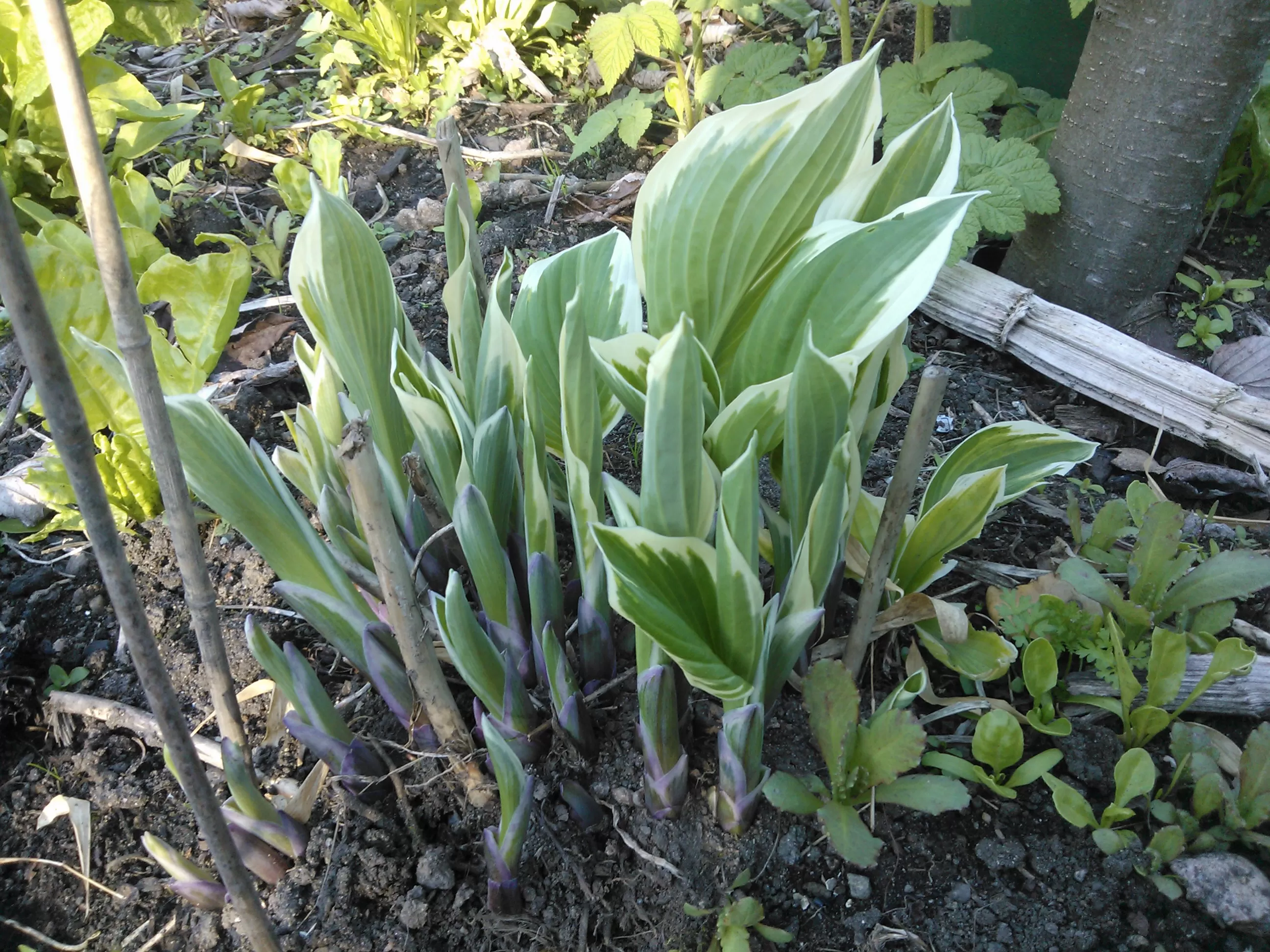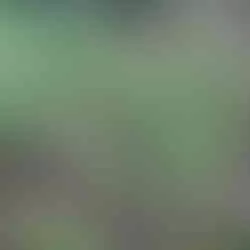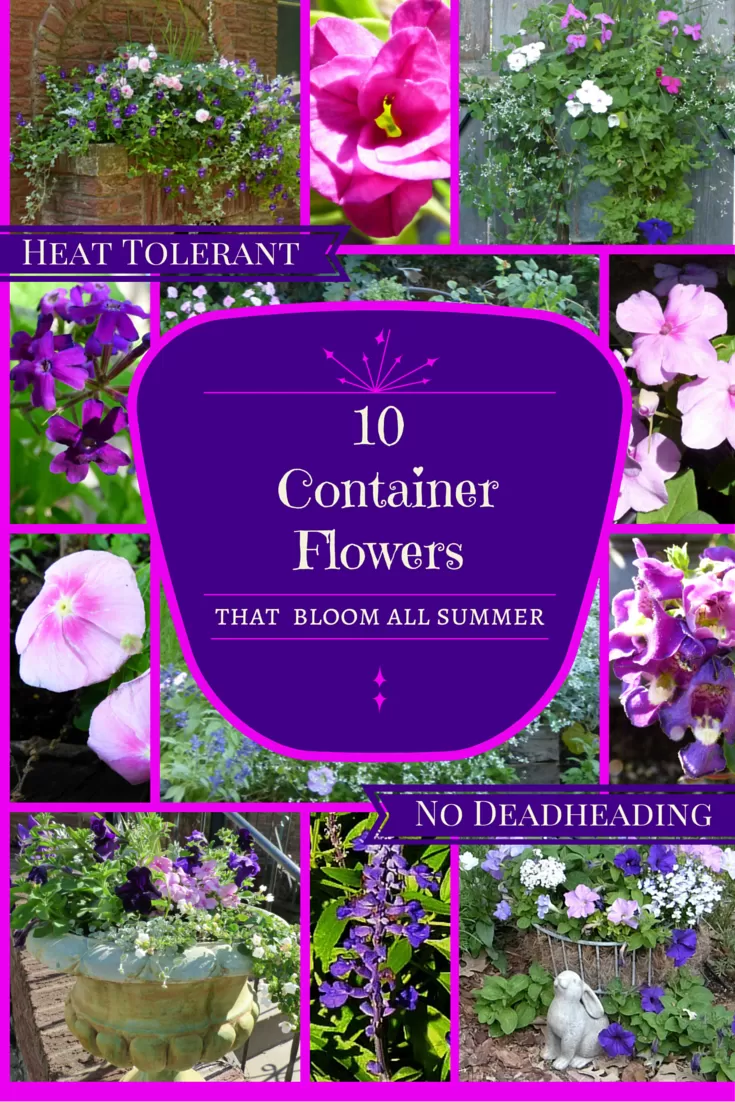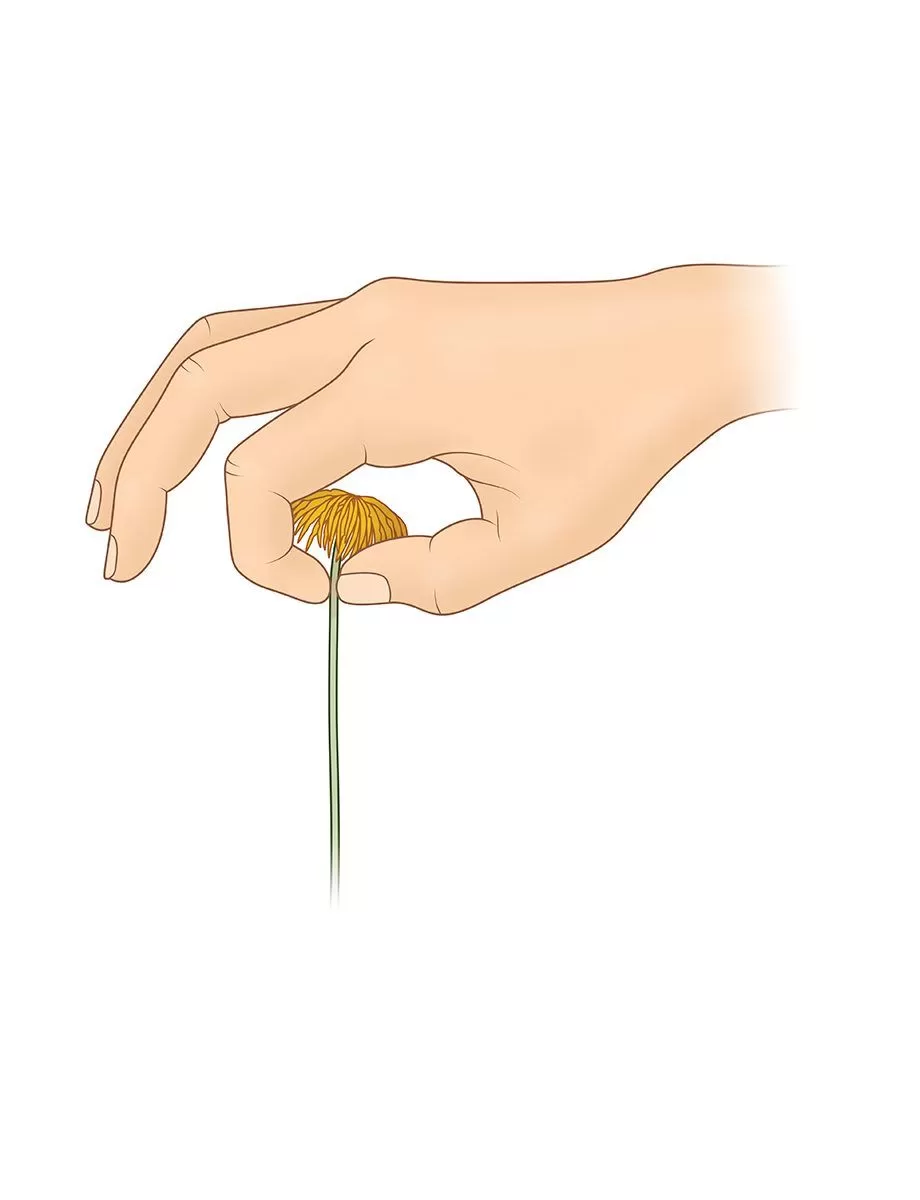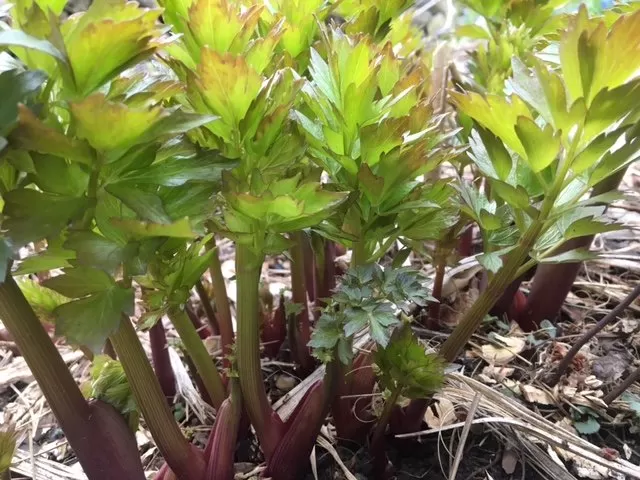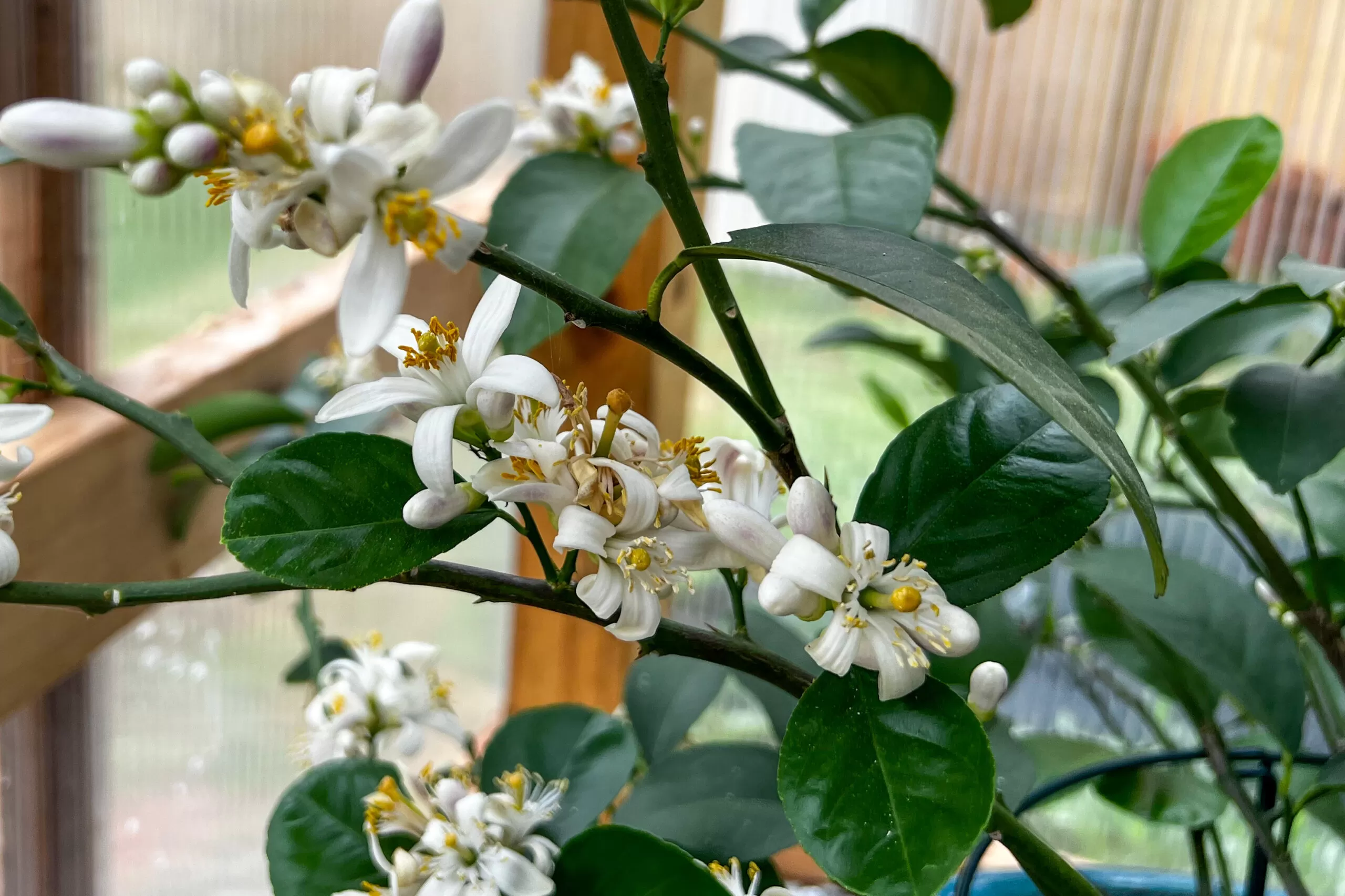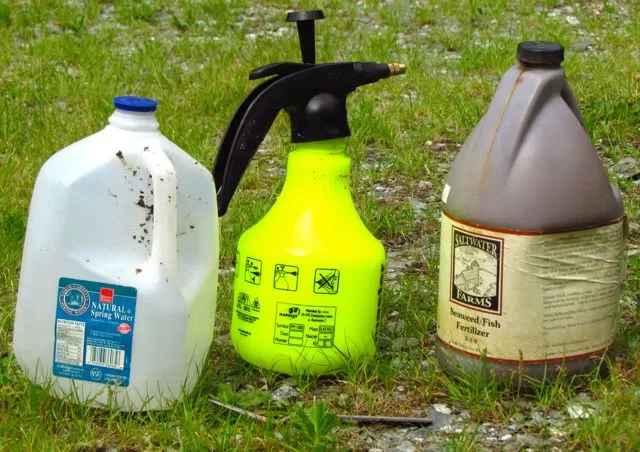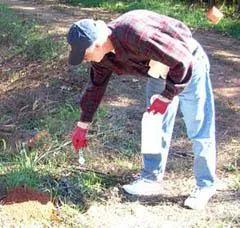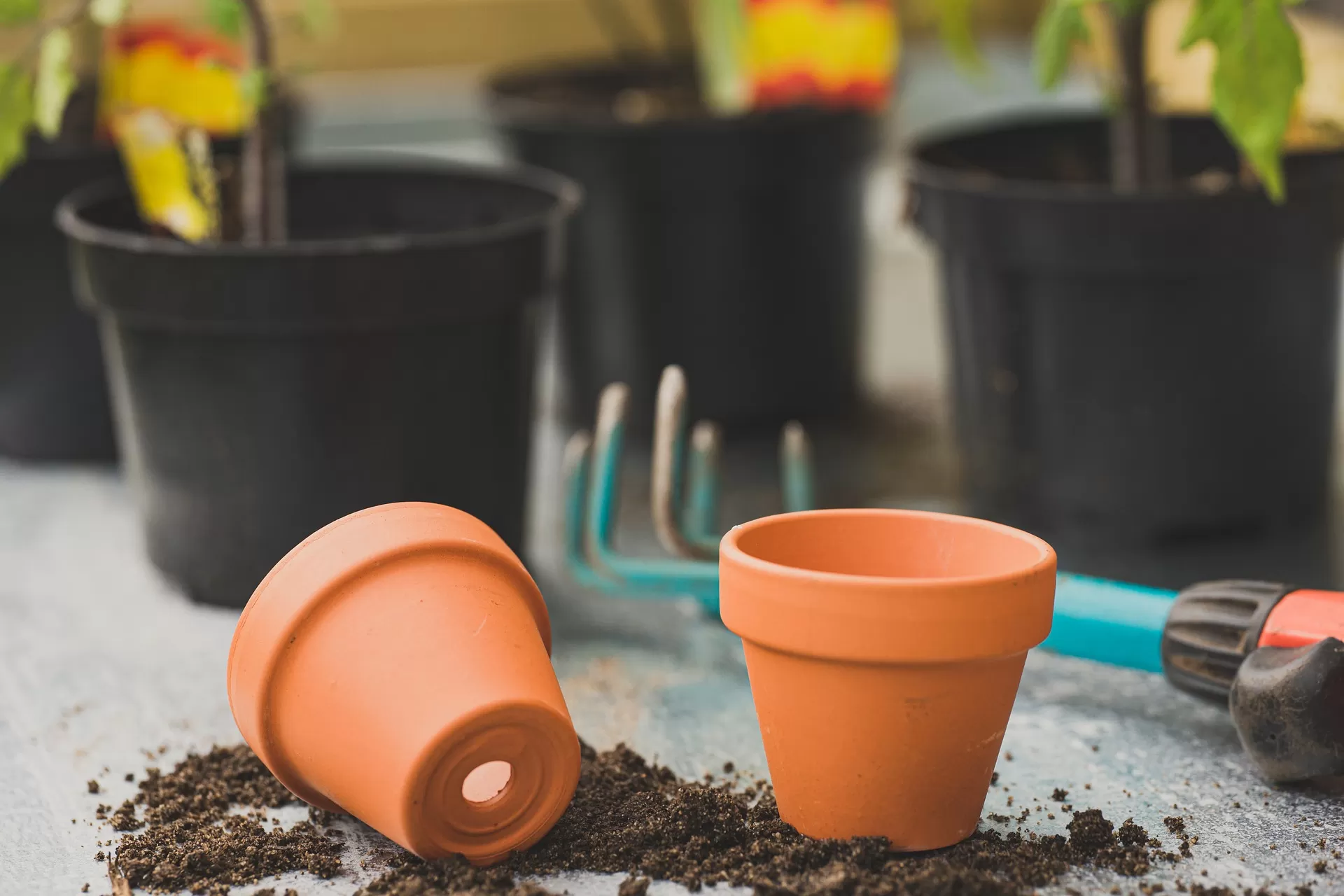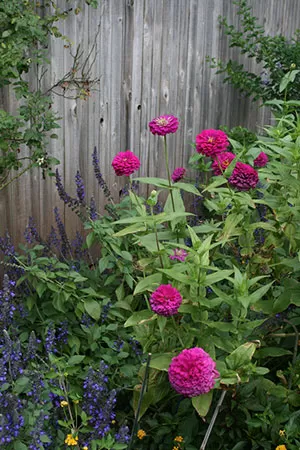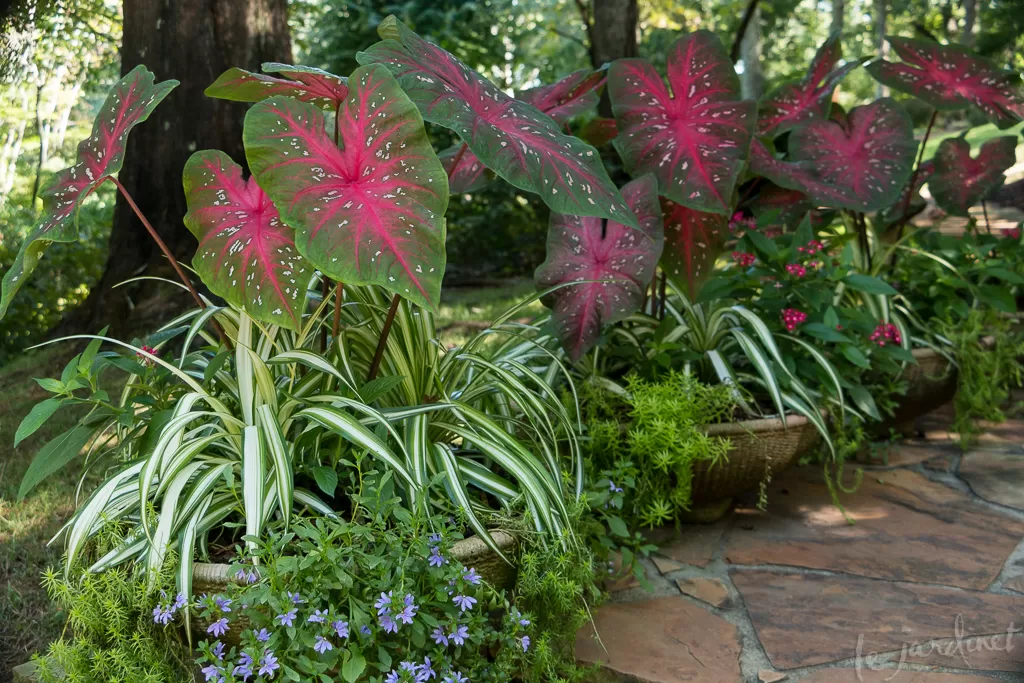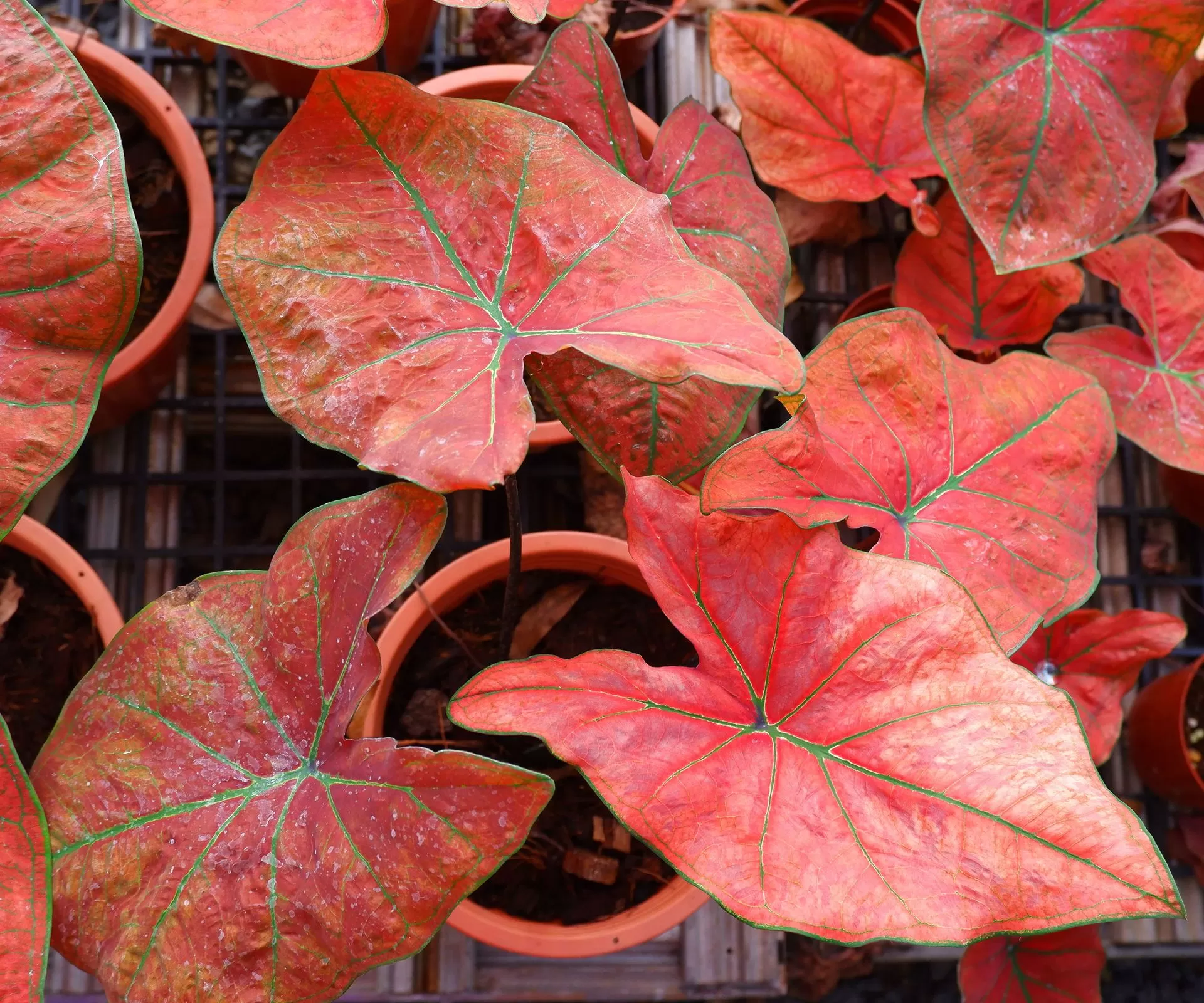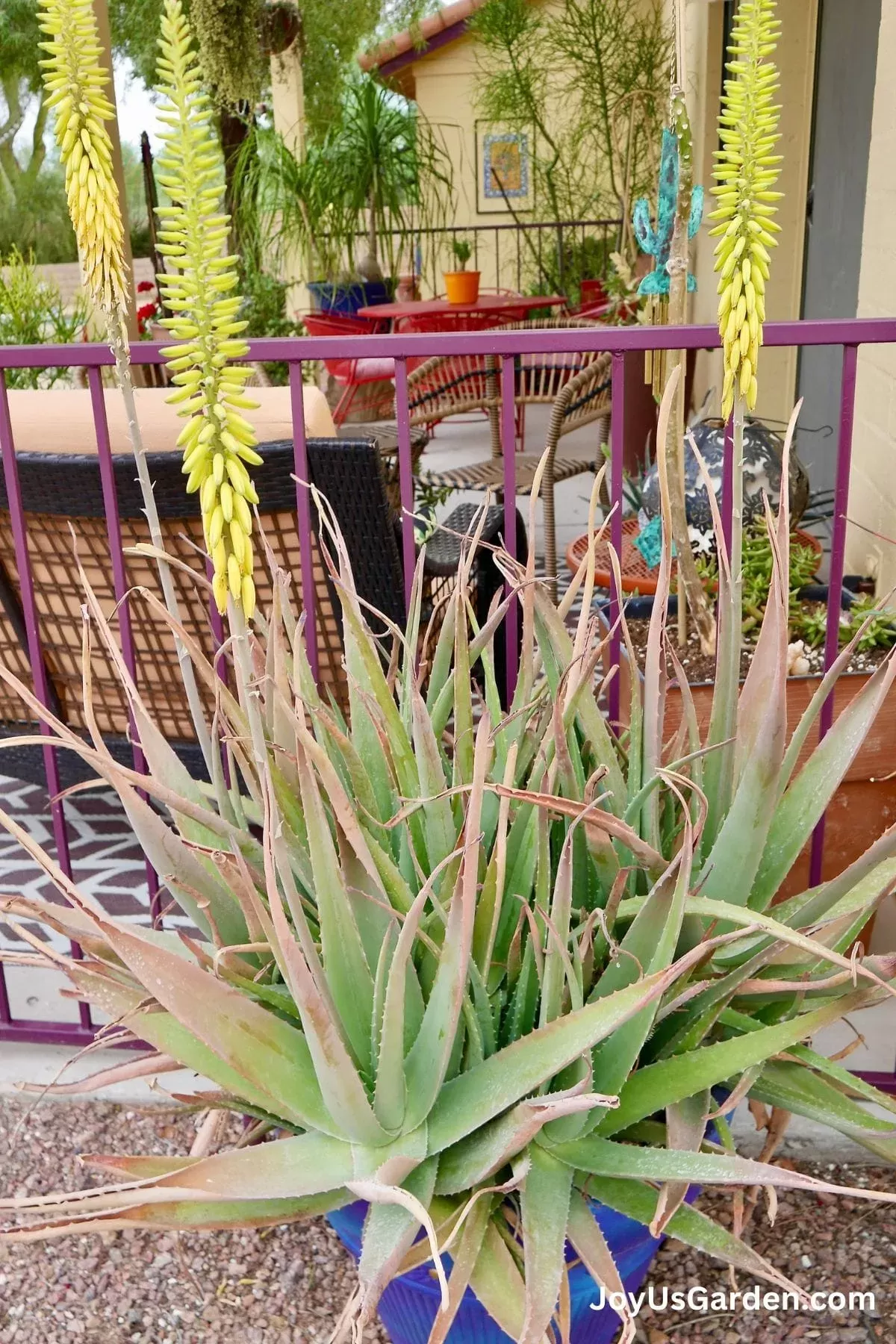Key Takeaways:
- Winter isn’t a dormant season for all garden tasks; it’s a crucial time for planning and preparation.
- Simple actions like winter seeding, early weeding, and mindful pest deterrence significantly benefit pollinators later in the year.
- Leaving natural, undisturbed spaces in your garden provides essential winter habitat for beneficial insects.
- Embracing a few key seasonal care practices helps ensure your garden thrives and supports a vibrant pollinator population year after year.
Even when the weather outside is less than inviting, like a steady rain falling in the Pacific Northwest, there’s a quiet energy building in the garden. It’s a reminder that seasonal care for pollinator plants isn’t just a spring and summer activity. Winter offers unique opportunities to get ahead, nurture the soil, and prepare for the arrival of bees, butterflies, and other beneficial visitors. Pulling on my boots and stepping out into the cool, moist air, I feel a connection to the year-round cycle of nature and the important role our gardens play in supporting local ecosystems.
Contents
Getting Ahead with Winter Tasks
Mid-winter might seem like a time for resting indoors, but it’s surprisingly productive for setting the stage for a pollinator-friendly garden. These early tasks, though small, have a big impact when the warmer months arrive.
Experimental Winter Seeding
Last weekend, taking advantage of an unusually mild spell, I planted some seeds saved by my father-in-law. It felt like a little gamble against the winter chill, but exciting nonetheless. He’d given me seeds collected from his yard – a lovely, thoughtful holiday gift for a gardener! While many seeds need spring warmth to germinate, some species are surprisingly resilient.
White Brodiaea (Triteleia hyacinthina), sometimes called Fool’s Onion, is one such plant said to be adaptable to planting in colder months. I decided to experiment, planting a small batch to see if they’d take. If successful, in a few years, these hardy bulbs will offer a new food source for bees arriving in late spring. Other seeds, like Selfheal (Prunella vulgaris), will wait for warmer soil, destined to be overseeded into my “lawn” this spring – a patch I affectionately call a lawn despite its healthy mix of clover, daisies, and violets!
-
White Brodiaea (Triteleia hyacinthina)
- Common Name: White Brodiaea, Fool’s Onion
- Zone: 6-10
- Light: Full Sun to Partial Shade
- Humidity: Moderate to Low
- Water: Low, drought tolerant once established
-
Selfheal (Prunella vulgaris)
- Common Name: Selfheal, Heal-all
- Zone: 3-9
- Light: Full Sun to Partial Shade
- Humidity: Moderate
- Water: Moderate
Easy Winter Weeding
Winter is also a prime time for tackling those persistent weeds that compete with our cherished pollinator plants. The same mild temperatures that encouraged my experimental seeding also give weeds a head start. However, the moist but not saturated ground makes pulling them much easier. I can actually get the entire taproot of a dandelion! Crucially, most weeds haven’t gone to seed yet, meaning any I pull now won’t contribute to next year’s weed explosion. This simple step dramatically reduces future work and ensures desirable plants aren’t crowded out.
I’ll admit, my personal weed tolerance is quite high – a few dandelions don’t bother me! But I’m mindful of my neighbor’s meticulous garden and prioritize removing weeds that could potentially spread. I also focus heavily on weeding in my dedicated pollinator garden, as I want my native plants, which are vital for attracting bees and butterflies, to have the space they need to flourish. Fortunately, my vegetable patch is relatively weed-free thanks to the field peas I planted as a cover crop last autumn; they’ve done an excellent job suppressing unwanted growth.
Natural Pest Deterrence
Another important piece of seasonal care involves thinking about pest management, even before the pests become active. While I welcome beneficial insects like ants in my garden where they help with soil aeration and drainage, I definitely don’t want them indoors. Taking preventative measures now keeps them out of my home without resorting to harmful chemicals that could impact pollinators and other garden life.
A simple but effective step is to trim back shrubs and branches so they aren’t touching the house siding. This removes a direct bridge for ants and other crawling insects to find their way inside. I’ve also learned to avoid planting flowers known to attract ants (like certain Clematis, Peony, and Rose varieties) directly next to the foundation of my home. Another winter task is pruning my grapevines. Pruning isn’t just for yield; it improves airflow, which is key to preventing issues like powdery mildew without needing chemical interventions later.
Leaving Spaces for Wildlife
Not all seasonal care involves active work. Sometimes, the best thing we can do is… nothing at all. This is the approach I take in my side yard, which I deliberately leave largely untamed. It hosts an old rhododendron, asters, and goldenrod – resilient plants that thrive with minimal intervention. I also leave bare patches of ground exposed. These are essential nesting sites for ground-dwelling bees, which make up a significant portion of native bee populations.
When I look at this slightly wild corner, I often hear my mom’s voice, echoing the words of my great-grandmother, Henrietta Waugh: “Leave wild spaces for the wee folk.” Maybe the pollinators are the ‘wee folk’ she meant, though I suspect her thoughts leaned towards something more magical. She was Welsh, after all! Regardless of the terminology, leaving these natural spaces is a vital form of seasonal care, providing critical overwintering habitat and nesting opportunities.
 Oak leaves covering the ground provide essential winter habitat for insects and other invertebrates.
Oak leaves covering the ground provide essential winter habitat for insects and other invertebrates.
One of the most valuable actions you can take to support pollinators and other invertebrates through the colder months is providing them with essential winter cover. Fallen leaves and standing dead plant material left in garden beds and wild corners offer shelter vital for the survival of moths, butterflies, snails, spiders, and countless other arthropods. This seemingly messy approach is, in fact, a cornerstone of compassionate seasonal care for your garden’s tiny residents.
Each of these simple, seasonal projects – from planting flowers and avoiding chemical use to deliberately leaving natural areas undisturbed – aligns with the principles of supporting pollinators. It’s about creating a welcoming habitat year-round. Like my father-in-law, I also enjoy saving seeds to share with friends and neighbors, spreading not just plants, but the knowledge and passion for helping pollinators. It’s a small act, but seeing plants from my garden thriving elsewhere always brings a quiet thrill. Consider taking similar steps in your own garden; you’ll see the difference it makes!
Winter might seem quiet, but it’s a season filled with opportunities for meaningful seasonal care for pollinator plants. By taking these small steps now, you’re laying the groundwork for a vibrant, buzzing, and beautiful garden come spring. What winter tasks are you tackling in your garden? Share your tips below!
